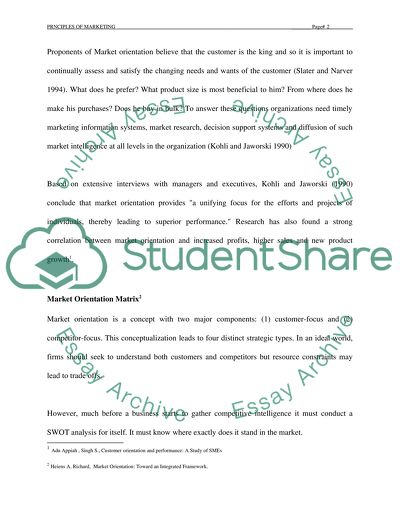Cite this document
(Strategic Market Management Research Paper Example | Topics and Well Written Essays - 2250 words, n.d.)
Strategic Market Management Research Paper Example | Topics and Well Written Essays - 2250 words. Retrieved from https://studentshare.org/marketing/1519379-market-orientation
Strategic Market Management Research Paper Example | Topics and Well Written Essays - 2250 words. Retrieved from https://studentshare.org/marketing/1519379-market-orientation
(Strategic Market Management Research Paper Example | Topics and Well Written Essays - 2250 Words)
Strategic Market Management Research Paper Example | Topics and Well Written Essays - 2250 Words. https://studentshare.org/marketing/1519379-market-orientation.
Strategic Market Management Research Paper Example | Topics and Well Written Essays - 2250 Words. https://studentshare.org/marketing/1519379-market-orientation.
“Strategic Market Management Research Paper Example | Topics and Well Written Essays - 2250 Words”, n.d. https://studentshare.org/marketing/1519379-market-orientation.


